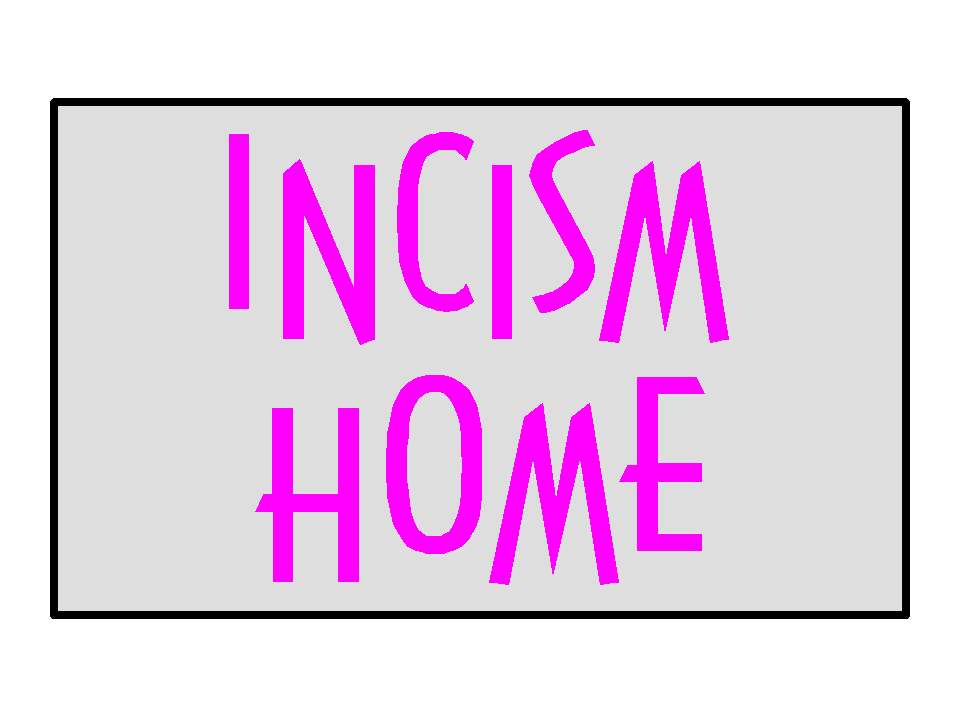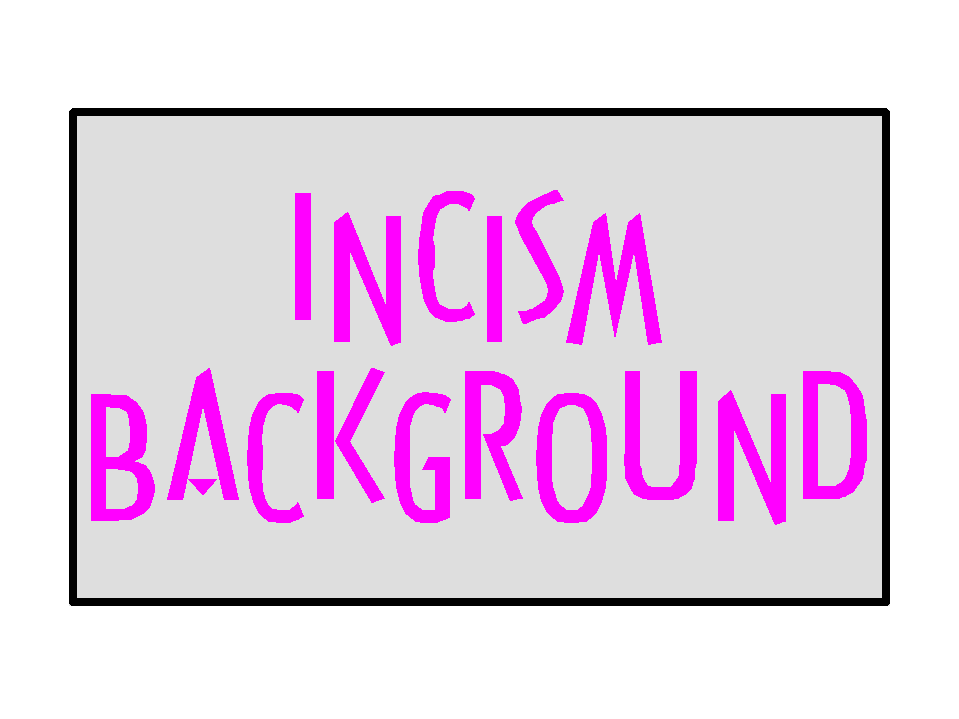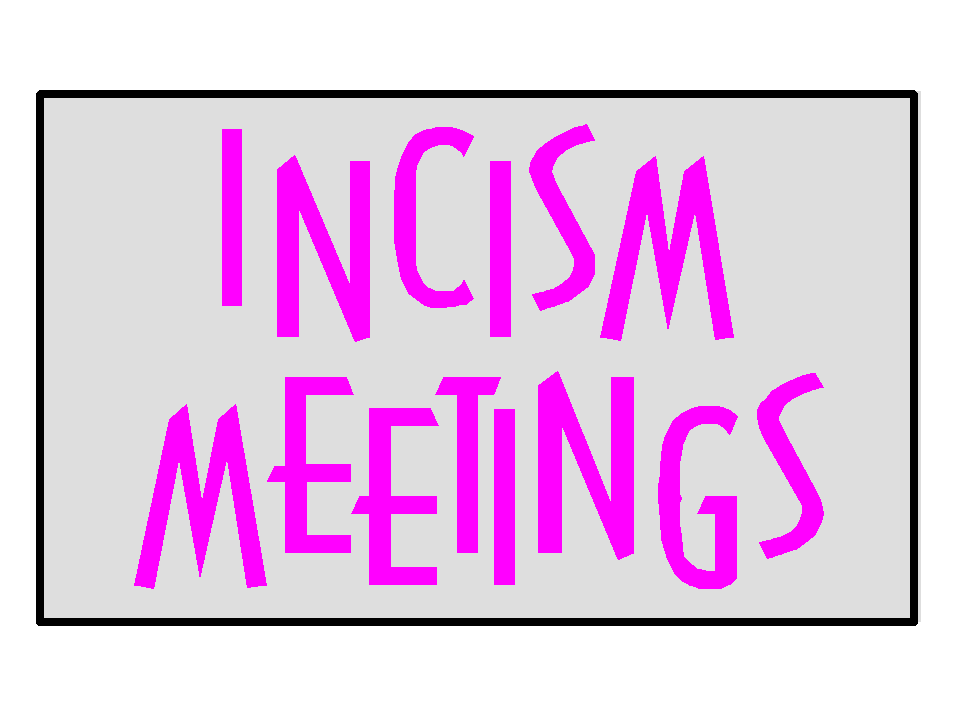
COMPARING SOFT AND HARD OR
Pidd (1996) summarises the main differences between 'hard' and 'soft' approaches,
though it must be borne in mind that the differences are intended to isolate
the distinctions between two stereotypes and that there are many shades
in between.
|
HARD approaches |
SOFT approaches |
| Problem definition |
Seen as straightforward, unitary |
Seen as problematic, pluralistic |
| Model |
A representation of the real world |
A way of generating debate and insight about the real world |
| The organisation |
Taken for granted |
Has to be negotiated |
| Outcomes |
Product or recommendation |
Progress through learning |
Problem definition
First, soft approaches begin with the assumption that problem definition
is not straightforward but is itself problematic. Problems are seen as
social or psychological constructs that are the result of framing and naming
(Schön, 1992). This contrasts with the view, common in engineering,
that work begins once a need is established. Thus, as mentioned before,
in 'soft' analysis, the work focuses on ends as well as means to those
ends. In hard systems engineering, the idea is to provide "something to
meet the need " and the concern is with "how.. not what?" (Checkland and
Scholes, 1990). 'Soft' approaches are based on an assumption that people's
perceptions of the world will vary and that their preferences may also
differ. Thus it is important to try to understand the different ways in
which the different stakeholders may frame the issues being addressed in
the study.
The nature of organisational life
Secondly, soft approaches do not take the nature of organisations for granted.
In particular, they do not assume that organisations are just 'human machines'
in which people are organised according to their functions, all of which
are geared to some unitary objective. Instead, they assume that people
may, rightly or wrongly, fight their own corner rather than be subsumed
into some over-arching objective. Thus these approaches make different
assumptions about the nature of organisations.
The soft systems methodology (SSM) of Checkland is based on the assumption
that human activity systems are a useful way of thinking about organisations.
Thus SSM takes a systems view of organisations. On the other hand,
the SODA/cognitive mapping approach developed by Eden and his colleagues
is individualistic as it focuses on how individual people see their world.
In doing so it takes account of the fact that people behave politically
within organisations. Neither assumes that an organisation is a machine
which grinds on its way regardless of the people who compose it.
Models as representations
Thirdly, ‘hard’ and ‘soft’ approaches differ in the view they take of models
themselves. In a ‘hard’ approach it is typically assumed that a model is
a proper representation of part of the real world. It is accepted that
the model will be a simplification and an abstraction of the real world.
In this view it is vital that the model is properly representational and
that its operation must therefore be thoroughly validated against the part
of the real world being modelled. By contrast, such assumptions are unnecessary
in ‘soft’ approaches. In these, the idea is that models are developed so
as to allow people to think through their own positions and to engage in
debate with others about possible action. Thus, the main concern is that
the models should be useful in doing this and in supporting the cyclic
nature of their supporting methodologies.
This means that the question of model validation is problematic for
‘soft’ models. In what sense can confidence be placed in the model if the
main criterion is its immediate utility?
Outcome as product or as learning
The final feature of these soft approaches is that they stress the importance
of organisational and individual learning. They do not guarantee that a
set of recommendations, or a definite product (such as computer software)
will emerge from a project. They stress that, when people face problematic
situations, this is a chance for them to learn how to cope with such circumstances
so that their performance is improved. There may still be a tangible product
or recommendation from such a project, but it may emerge from the learning
that occurs. Hence soft approaches tend to be presented as cyclic and as
part of an on-going stream of organisational life. They are closer to the
view, expounded by Langley et al (1995) that a stream of issues may, at
times, deposit decisions and new systems on the banks as it flows past.
The aim is to find ways of operating with this rather dynamic and loosely
structured view of organisational life.
More background (research questions for the network)
References






